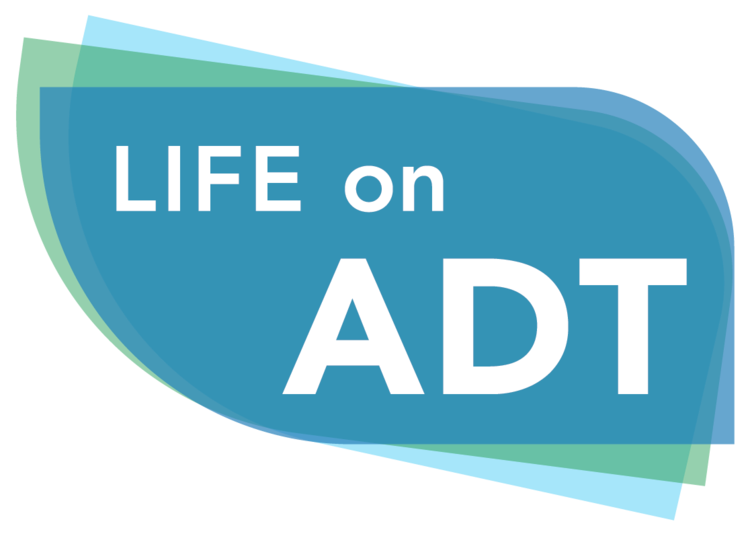This study involved just 67 patients and ran for only 97 weeks. Some patients were metastatic, some not, but none had been previously on ADT. The study was too short to assess overall survival, but the good news was that the drug was quite effective in suppressing PSA in over 80% of the men. The not so good news was that the drug has some substantive side effects. Half the patients experienced gynecomastia (i.e., breast development) and over a third reported fatigue. Also worth noting was an average 11% increase in fat, but a 5.3% loss of lean muscle mass. This is suggestive of the sarcopenic obesity that is problem for patients on the standard LHRH drugs used for ADT.
Tombal B, Borre M, Rathenborg P, Werbrouck P, Van Poppel H, Heidenreich A, Iversen P, Braeckman J, Heracek J, Baskin-Bey E, Ouatas T, Perabo F, Phung D, Baron B, Hirmand M, Smith MR. 2015. Long-term Efficacy and Safety of Enzalutamide Monotherapy in Hormone-naive Prostate Cancer: 1- and 2-Year Open-label Follow-up Results. Eur Urol 68(5):787-794. www.ncbi.nlm.nih.gov/pubmed/25687533
